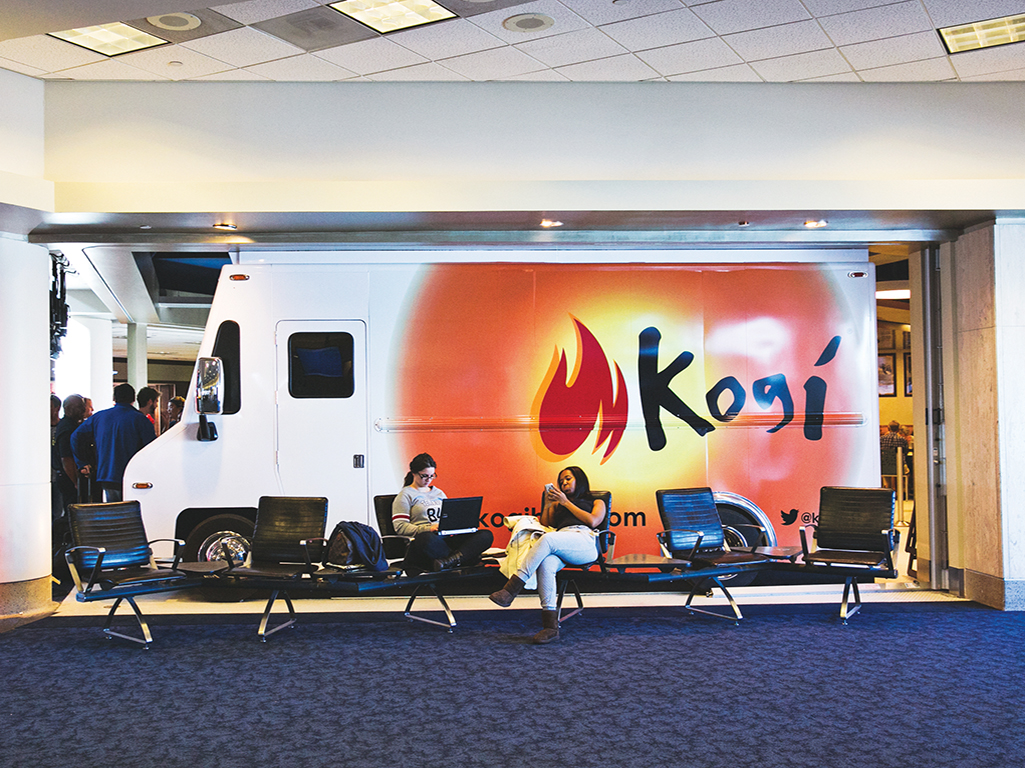
Northern California operators say they’re in for a long haul
As the smoke cleared in Northern California and communities began to clean up Friday, restaurant operators dug in to support what will likely be a long recovery.
The fires in Sonoma and Napa counties were mostly contained on Friday with help from a light rain. The death toll totaled 42 since the blazes first broke out on Oct. 8, and roughly 100,000 people have been evacuated.
State insurance officials estimated insured losses at more than $1 billion, though that number was expected to climb as victims filed claims. More than 8,000 buildings were destroyed in the wine country area north of San Francisco, and an estimated 600 commercial property loss claims were filed as of Friday.
Among those losses will be restaurants, such as Willi’s Wine Bar in Santa Rosa, Calif., which was razed by the fire that swept through that community.

But even restaurants that weren’t touched by flames have been grappling with what is likely to be a lingering impact of the fires.
Many restaurant workers live in the effected north county area and commute in to San Francisco, for example, and some restaurants had to close to allow their workers to deal with evacuations and losses.
Officials were only beginning to allow some evacuees to return home. Inspectors needed to clear residences for lingering environmental hazards and inspection of appliances.
The fires hurt some restaurants farmland in the area. Heavy smoke throughout the Bay area also kept diners at home, and kept tourists away during what is typically high season for wine country.
And restaurant operators said the disaster has taken an emotional toll.
“It’s not only people who can’t come to work, but morally they’re just beaten down from seeing their loved ones lose their homes,” said Shah Bahreyni, managing partner of Boca Tavern and Boca Pizzeria in Novato, Calif., which is near the hard-hit area of Santa Rosa.
Among his staff, Bahreyni said his bartender’s grandmother lost her home, and his general manager and executive chef were evacuated from their homes in the middle of the night.
“It’s like a war zone here,” he said. “It’s like someone dropped an atomic bomb.”
Bahreyni said his restaurants, however, have been busy, in part because so many other eateries were closed. Boca Tavern hosted free meals for fire fighters and made sandwiches for evacuation centers.
Across the region, fundraising and relief efforts kicked into high gear across the Bay area, with restaurant operators committed to feeding those in need for the long term, said Gwyneth Borden, executive director of the Golden Gate Restaurant Association.
“I think people in the industry are committed to doing it as long as there are shelters and enough need,” said Borden.
A group dubbed SF Fights Fire in San Francisco has served more than 12,000 meals to firefighters and evacuees at Salvation Army and other relief centers across three counties.
The effort was spearheaded by Stuart Brioza and Nicole Krasinski of the restaurants State Bird Provisions and The Progress, along with Traci Des Jardins of Jardiniere; Sam Mogannam of Bi-Rite Family of Businesses; Matt Cohen of Off the Grid; Ravi Kapur of Liholiho Yacht Club; and Craig Stoll of Delfina.
The Golden Gate Restaurant Association is also organizing ChefsGiving Week from Nov. 13 to 19 with the goal of raising at least $1 million for those in need of housing throughout wine country.
Chaired by chef Dominique Crenn of Atelier Crenn in San Francisco, fundraising efforts will include a gala scheduled for Nov.19 in San Francisco’s Ferry Building, featuring food and wine from throughout the region.
Borden said she’s hoping restaurants across the country will participate in the ChefsGiving effort, even if donating a portion of proceeds from menu items that week before Thanksgiving.
“As we know, the rebuild is going to take years,” she said.
The fundraising effort will support a North Bay fire relief fund called Tipping Point, but also Restaurants Care, an extension of the California Restaurant Association’s Education Foundation, which provides emergency grants of $500 to $1,500 to restaurant industry workers specifically.
Separately, another nonprofit is also targeting restaurant workers: Golden Rule Charity, based in Southern California, raises funds to support those in hospitality nationally, said Judy Walker, founder.
Golden Rule offers both crisis funding, like medical or disaster relief, but also “joy funding,” like helping a dishwasher buy his daughter’s prom dress, said Walker. The restaurant Michael’s on Naples in Long Beach, Calif., is planning a fundraiser for the group on Nov. 14 to support those impacted by the fires.
“Restaurants and chefs are often the first people asked to help in any circumstance, particularly with disaster relief,” she said. “But there isn’t much to help them support their own.”
On social media, restaurant operators hit on common themes: They’re open for business, grateful for first responders and volunteers and embracing their fire-tattered communities with fundraising efforts.
In San Francisco, Finn Town pledged to devote 40-percent of wine sales over four Wednesdays to the family of Matthew Parlato, a Sonoma County sheriffs deputy who lost his home in the fires that ravaged Santa Rosa. Parlato is the brother of the restaurant’s director of operations Katrina Parlato.
Canela Bistro & Wine Bar in San Francisco collected food donations for MercyChefs, a team that fed evacuees as well as emergency crews.
The foodservice management company Epicurean Group provided an estimated 7,000 meals to fire fighters and evacuees at the Marin Center, and later the Golden Gate Baptist Seminary and the Red Cross.
The high-end restaurant Hakkasan said it would donate 15 percent of proceeds from three menu items through Nov. 26 To Redwood Credit Union North Bay Fire Relief and Farmer’s Guild.
Meanwhile, the Firehouse Subs chain, which has a long history of supporting firefighters through its Firehouse Subs Public Safety Foundation, set aside $10,000 for California first responders from a fund that started after Oregon suffered from a massive fire earlier this year.
Contact Lisa Jennings at lisa.jennings@penton.com
Follow her on Twitter: @livetodineout
california-fire-restaurant-recovery-2.gif
Media Type
Media Credit
Privacy Settings
DataTable subpages
Media Image

transactionID
Source ID
california-fire-restaurant-recovery-3.gif
Media Type
Privacy Settings
DataTable subpages
Media Image






 “Modernist Cuisine” helped transform the way chefs think about cooking. The six-volume culinary encyclopedia, published in 2011, was the product of years of work by Nathan Myhrvold and his team, who sought the very best ways to cook just about everything.
“Modernist Cuisine” helped transform the way chefs think about cooking. The six-volume culinary encyclopedia, published in 2011, was the product of years of work by Nathan Myhrvold and his team, who sought the very best ways to cook just about everything.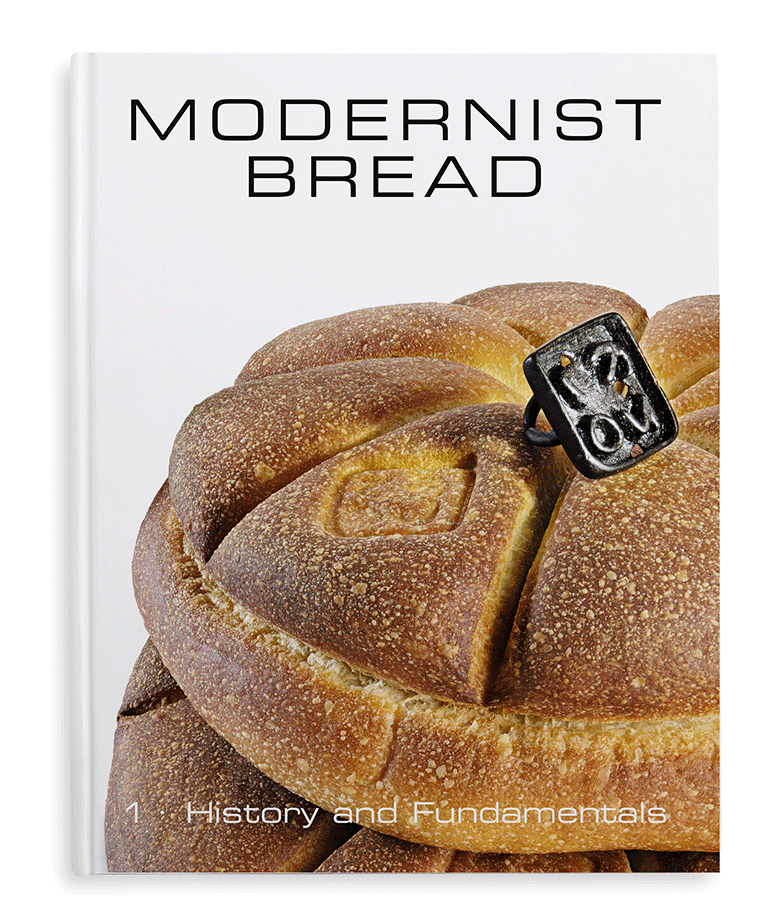
 “A lot of the stuff that we really wanted to work on was things that didn’t seem to really have any scientific purpose, that were really based more on tradition than anything else,” said Francisco Migoya, co-author of the book and head chef of the Modernist Cuisine Cooking Lab.
“A lot of the stuff that we really wanted to work on was things that didn’t seem to really have any scientific purpose, that were really based more on tradition than anything else,” said Francisco Migoya, co-author of the book and head chef of the Modernist Cuisine Cooking Lab.




















 Pickles meet smelts in the Smickles at Shaker and Spear in Seattle. Photo: Shaker and Spear.
Pickles meet smelts in the Smickles at Shaker and Spear in Seattle. Photo: Shaker and Spear. Diners can order some SMAK (smoked mackerel, amerberjack, and kingfish) with squid ink crackers at Camperdown Elm in Brooklyn. Photo: Camperdown Elm.
Diners can order some SMAK (smoked mackerel, amerberjack, and kingfish) with squid ink crackers at Camperdown Elm in Brooklyn. Photo: Camperdown Elm.






















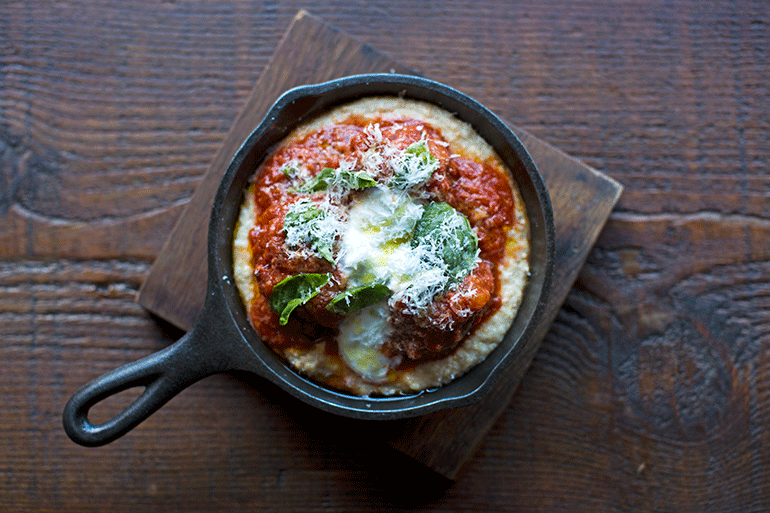
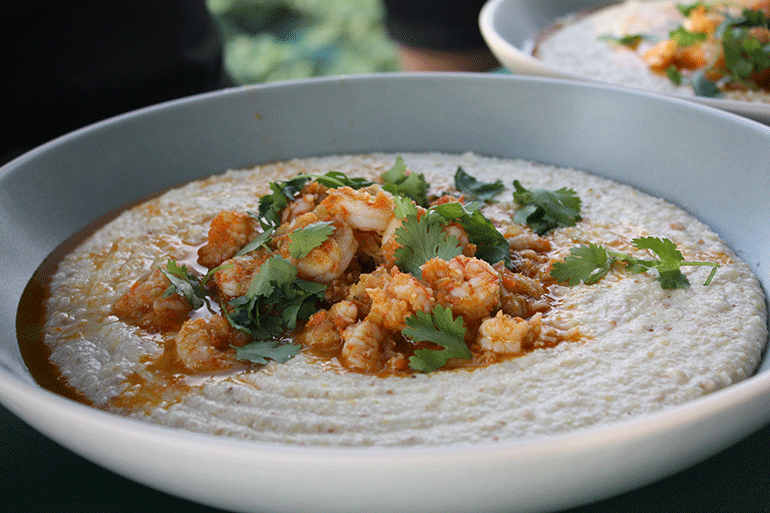


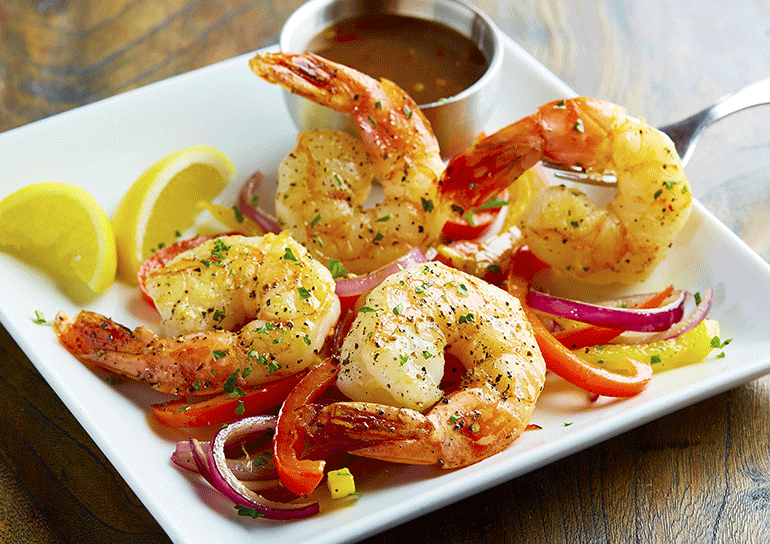
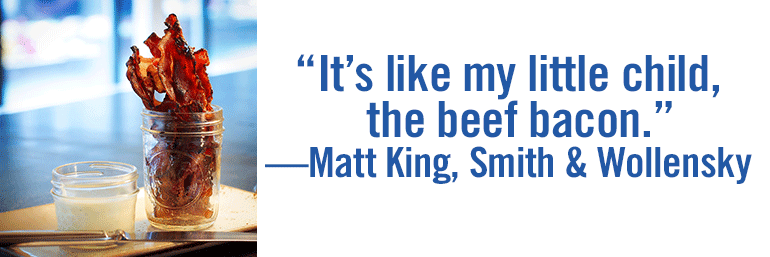
















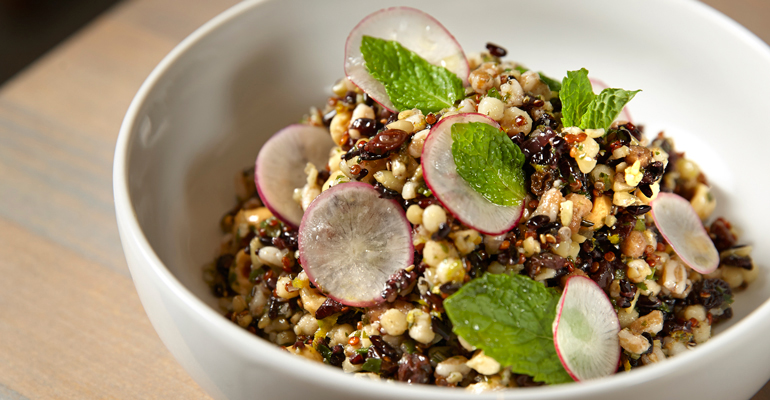


 Being a wild product, Blue catfish can be pretty inconsistent in size, said Jason Alley, chef and owner of Comfort, Pasture and Flora restaurants in Richmond, Va.
Being a wild product, Blue catfish can be pretty inconsistent in size, said Jason Alley, chef and owner of Comfort, Pasture and Flora restaurants in Richmond, Va.

 Gibbons said the USDA is set up to oversee animals whose processing can be much more accurately predicted than wild fish. The department require onsite inspectors paid for by the processors. If the inspectors aren’t there, the fish can’t be processed.
Gibbons said the USDA is set up to oversee animals whose processing can be much more accurately predicted than wild fish. The department require onsite inspectors paid for by the processors. If the inspectors aren’t there, the fish can’t be processed.



